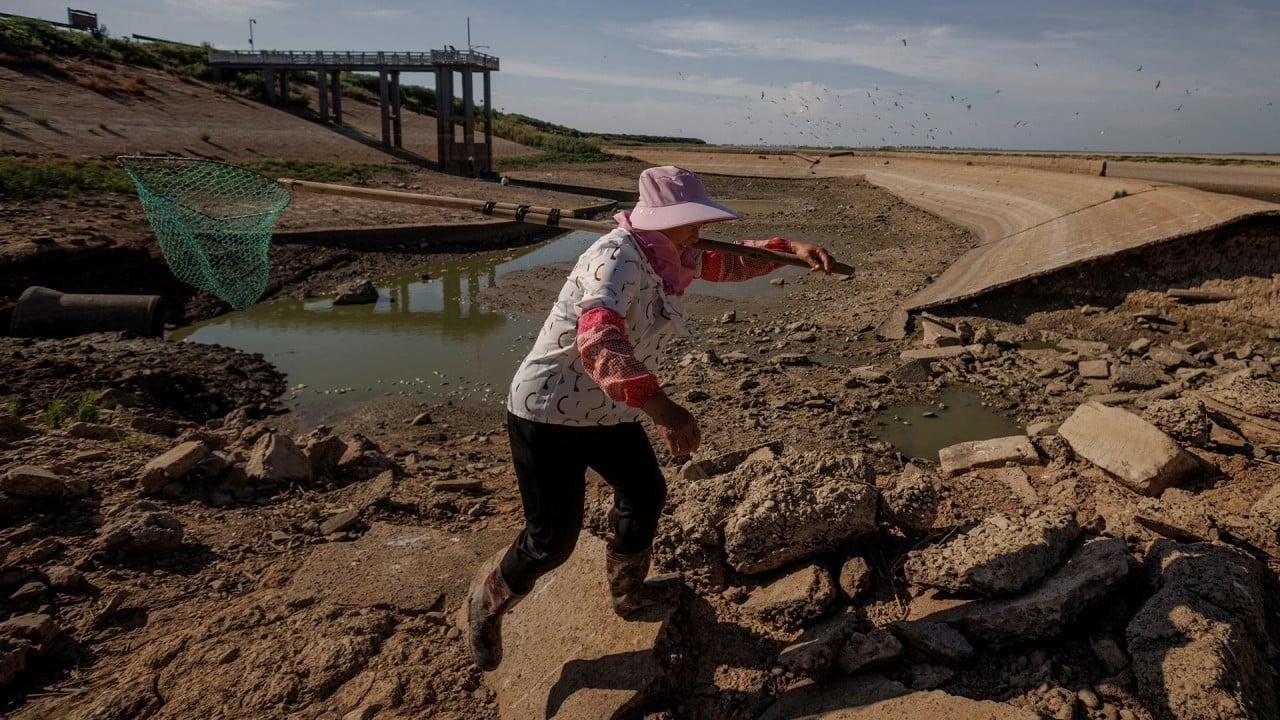
However, the country’s water supply is severely undermined by interlinked factors of water scarcity, urbanisation, population growth, pollution, and competing water demands.
China’s approach to water management has traditionally been engineering-focused, as shown by the construction of many inter-basin transfer projects and hydropower dams. This approach is reinforced by official policy documents such as national and provincial five-year plans.
Notably, China’s proposal to safeguard water security in its 14th five-year plan (2021-2025), published earlier this year, is the first plan to address water (in)security at a national level, emphasising the need to alleviate water concerns through “hard” water infrastructure over “soft” regulatory policy options.
However, the environmental hydrosocial impacts of this approach are well established. Large-scale dams, in particular, are linked to biodiversity loss, soil erosion, forced displacement of local residents, and destruction of forests and wildlife habitats. They are also linked to violent conflict.
China, the “upstream superpower” of many of Asia’s longest and most important rivers and regional hydro-hegemon, does not have an independent transboundary river policy. Instead, the management of transnational water resources falls under the much broader framework of foreign relations with the many various downstream countries.
The Yarlung Zangbo river flows through Tibet on March 28, 2021. Photo: AFP
Due to the potential geopolitical and hydropolitical repercussions, China’s dam-building agenda has received much criticism. Hydropower dams can have an enormous impact on water supply by affecting river flow to the downstream region.
Chinese-built dams, constructed both within China and outside the country under the Belt and Road Initiative, have caused significant concern along with ecological, socioeconomic and environmental damage in downstream regions.
As many of China’s dams are built in Tibet on the upstream of major transnational rivers like the Brahmaputra – known in China as Yarlung Tsangpo – and the Mekong, there are fears in downstream regions over China’s potential ability to control the downstream flow. How might these regions’ access to water be affected?
Given that Tibet is the origin of the headwaters of most of Asia’s major rivers, could China use it to “turn off the tap” to reduce or halt entirely the water flow downstream?
Given China’s mistrust of the use of multilateral frameworks to resolve international disputes, Beijing has not signed any water-sharing agreements with its neighbours or an international transboundary-governing water treaty, which increases the potential for conflict over access to and control of shared water resources. Some of China’s neighbours have not signed such agreements, either.
China is not the only nation being criticised for its dam building. Hydropower dam projects in India have similarly caused alarm among neighbouring countries. While India has accused China of harnessing the hydropower potential of transnational rivers for its own benefit, some argue that India has similar ambitions from which it seeks to deflect attention.
China faces severe repercussions from global warming, and water is one of its most vulnerable sectors, with impacts also felt throughout the region. The seeming unwillingness of countries to address cross-border river sharing and related agreements will only exacerbate tensions.
Further complicating matters, historical rivalries and power asymmetry between countries, combined with water scarcity and poor water management within countries, makes transboundary river governance even more challenging.
In this context, Beijing should consider becoming a regional leader by establishing equitable, effective and sustainable cross-border river mechanisms that promote cooperation between governments, scientists and academics across the riparian countries. Only then can China reduce water scarcity and related fears which have long exacerbated tensions between countries and throughout the region.
Genevieve Donnellon-May is a master’s candidate in water science, policy and management at the University of Oxford


